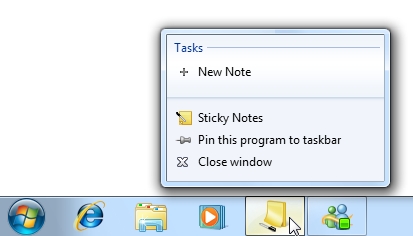

What's new in Windows 11? What are its minimum hardware requirements? When will your PC be eligible for the upgrade? We've got the answers to your questions. Ukrainian developers share stories from the war zone The best Wi-Fi router for your home office While I’m admittedly something of a whiny power user, I don’t see any reason why this option shouldn’t be preserved, especially since so very much of Windows 11 is just a bit of interface polish over Windows 10.3G shutdown is underway: Check your devices now If I may be permitted a cliche: This is a perfect example of form over function. In Windows 11, it’s gone: Microsoft is finally forcing you to use those big, lonely icons sans text labels, just like the competition.

In Windows 7, 8, and 10, Microsoft preserved the ability to label launched programs, hidden in the taskbar’s settings menu, but still easy enough to find for just about anyone. What isn’t smart is taking away the ability to see which items are which via text at a glance. Moving them to the center of the screen is a pointless, but harmless, bit of cosmetics. With users more and more used to a combined launcher and window manager, integrating these tools is a smart way forward. And it makes a bit of sense: The design is merely combining the window management aspect of the taskbar and the Quick Launch toolbar first introduced in Windows XP. Microsoft clearly likes this scrunched-up interface it’s been the default look since Windows 7 in 2009. This means that even if you have a dozen items open on your desktop-as I often do-you’ll be looking at a row of relatively tiny icons, with only a few pixels of indication that there are multiple windows of some items like your browser or Windows Explorer. Use more than a few shortcuts and open apps, and the taskbar quickly becomes a row of difficult-to-spot shapes.


 0 kommentar(er)
0 kommentar(er)
